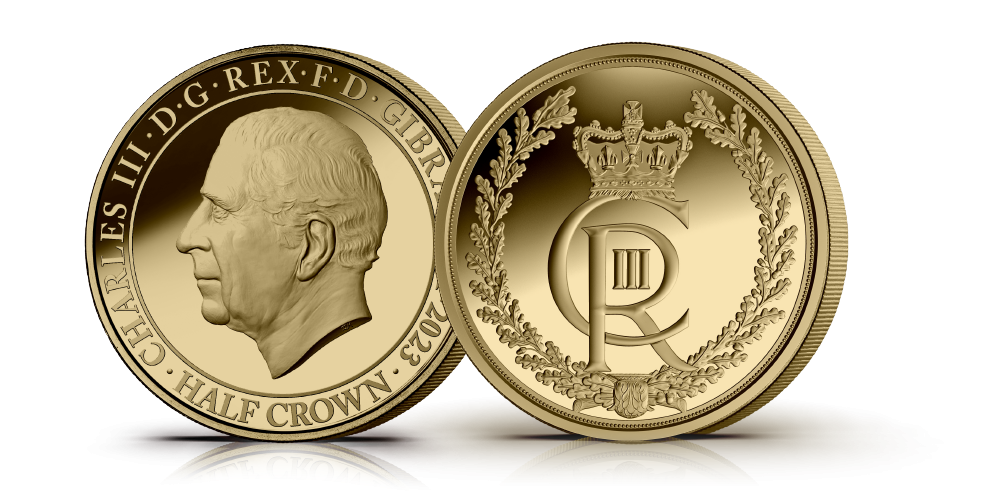Whether you’re planning corporate gifts, event giveaways, or employee awards, the material you choose matters — a lot. It affects everything from the coin‘s weight and shine to its price, durability, and long-term look.In the world of modern custom coins, you’re not likely dealing with precious metals. Instead, manufacturers use base materials like copper, nickel-zinc alloy, or iron-based steel, and then apply an electroplated finish to achieve that classic gold, silver, or bronze look.
From Royal Metals to Common Alloys: A Historical Perspective
Back in the day, coins were made of real gold and silver — not just for looks, but because the metal itself held value. Gold coins were reserved for the big stuff, while silver handled everyday trade. These precious metals made sense at the time: they were rare, recognizable, and relatively easy to shape.
But as economies grew, using gold and silver for every coin got too expensive — and frankly, not that practical. Pure metals are soft and wear down easily. Eventually, countries moved to more affordable, durable alloys like copper, nickel, and zinc, especially for everyday currency.
Why mention all this? Because it highlights the difference between traditional money and custom challenge coins like the ones we make. While the design might feel official or historic, these coins aren’t meant to be currency — they’re keepsakes, gifts, or promotional pieces. So, instead of pure gold or silver, we use smart combinations of base metals that look great, hold up well, and keep costs reasonable.

Plating: The Secret Behind the Look
Your coin’s material gives it structure — but plating gives it personality. After the base coin is minted, we apply a surface finish using barrel plating or selective hand-plating for premium designs.
Common Plating Finishes:
| Finish Type | Visual Effect | Notes |
|---|---|---|
| Gold (Shiny/Antique) | Rich, prestigious look | Often used for awards and VIP gifts |
| Silver (Shiny/Matte) | Clean, timeless style | Popular for corporate or formal uses |
| Antique Bronze | Aged, textured finish | Great for historical or themed coins |
| Black Nickel | Sleek, modern vibe | Ideal for military or branding projects |
| Dual Plating | Combines two finishes | Premium aesthetic, adds contrast |
Note: Electroplating is optional. Some clients prefer the natural metal look (especially with antique bronze or brushed copper), which we’re happy to accommodate.
How to Choose the Right Material for Your Coins
Here’s a quick breakdown depending on your goals:
| Use Case | Recommended Material | Why It Works |
|---|---|---|
| Corporate Gifts | Copper, Nickel-Zinc Alloy | Durable, high-end look, takes plating well |
| Employee Awards | Brass, Copper | Feels valuable, engraves beautifully |
| Event Giveaways | Steel (Plated), Zinc | Budget-friendly, lightweight |
| Retail Sales / Merch | Copper, CuNiZn | Polished look + tactile quality |
| Outdoor Use (Trophies) | Bronze (Plated or Not) | Resistant to oxidation and fading |

Factorypin: Your Go-To Coin Manufacturing Partner
With a wealth of experience in the coin manufacturing world, Factorypin is your trusted ally for all your coin-related needs. We offer a wide spectrum of materials and customization options to guarantee you get the perfect coins for your specific requirements.
Not sure what material fits your idea best?
Contact us now for free expert consultation and a detailed quote. We’ll help you turn your vision into a coin worth keeping.

